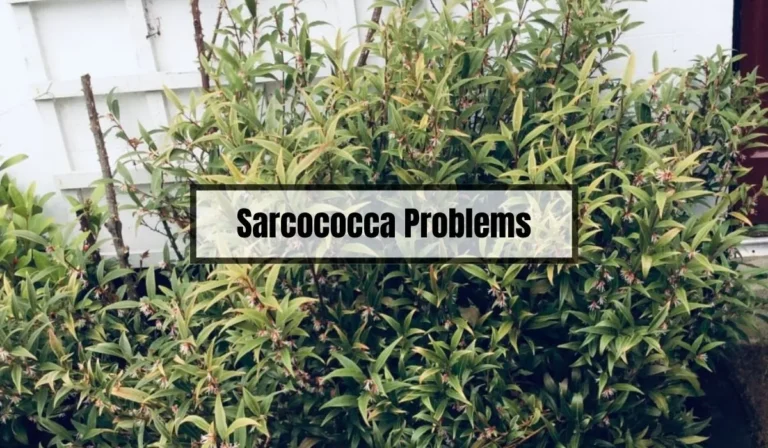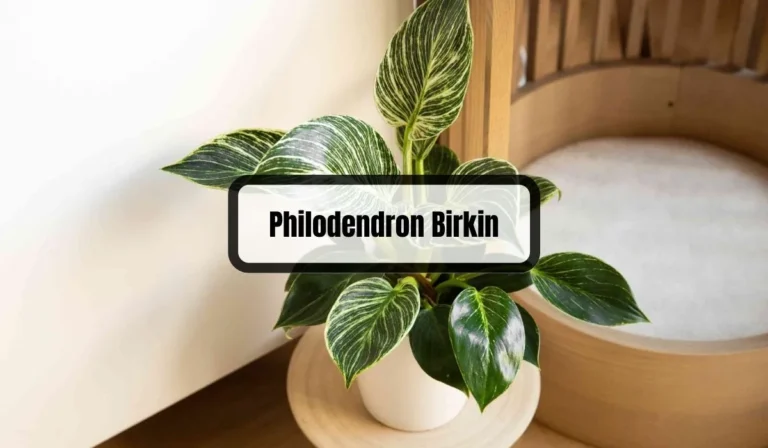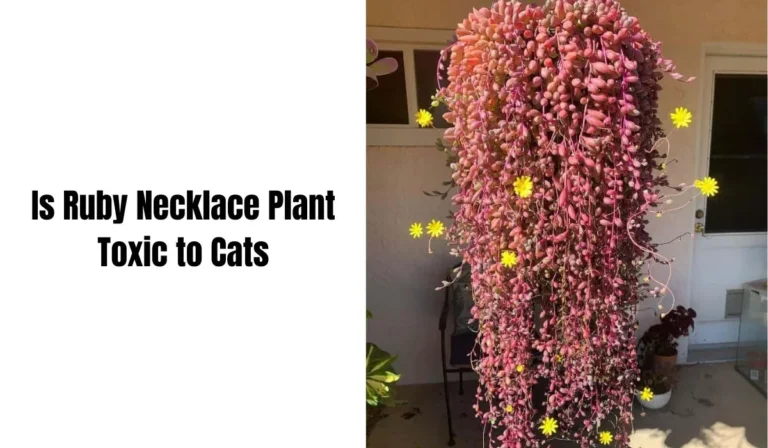How to Prune Split Leaf Philodendron: A Friendly Guide
Pruning is crucial for maintaining a healthy and well-shaped split leaf philodendron. This process involves removing dead or damaged parts to control growth and enhance air circulation. Without proper pruning, your plant can become unruly.
In this article, we’ll guide you on the essentials of pruning, including its benefits, the best time to prune, required tools, and a step-by-step guide for optimal results.
Key Takeaways
- Pruning is essential for maintaining the beauty of your split leaf philodendron and promoting healthy growth.
- Understanding pruning, the benefits of pruning, and the best time to prune are crucial to successfully prune your plant.
- You’ll need specific tools and follow a step-by-step guide to prune your split leaf philodendron properly.
Understanding Pruning

Pruning is an essential part of maintaining the health and appearance of your split leaf philodendron. By removing dead or damaged leaves, you can promote new growth and prevent the spread of disease. Additionally, pruning can help control the size and shape of your plant, making it more manageable for your space.
When pruning your split leaf philodendron, it’s important to use clean and sharp tools. This helps prevent the spread of disease and ensures a clean cut that will heal quickly. You can use pruning shears or a sharp knife to remove the leaves or stems.
Before pruning, take a moment to assess your plant and identify any areas that need attention. Look for dead or yellowing leaves, as well as any stems that are growing in the wrong direction. You can also remove any leaves that are blocking light from reaching the lower parts of the plant.
Remember to prune your split leaf philodendron during its growing season, which typically falls between spring and summer when the plant is actively growing. Avoid pruning during the winter when the plant goes dormant. By following these simple tips, you can keep your split leaf philodendron looking healthy and vibrant for years to come.
Benefits of Pruning Your Split Leaf Philodendron

Pruning your split leaf philodendron has numerous benefits that will keep your plant healthy and looking its best. Here are some of the benefits you can expect:
Encourages New Growth
Pruning your split leaf philodendron can encourage new growth in your plant. By removing old or damaged leaves, you are making room for new growth to emerge. This will keep your plant looking lush and full.
Stimulates Flowering
If you want your split leaf philodendron to bloom, pruning can help. By removing dead flowers and stems, you are encouraging your plant to produce new blooms. This will make your plant look even more beautiful.
Improves Air Circulation
Pruning your split leaf philodendron can improve air circulation around the plant. This is important because good air circulation can help prevent diseases and pests from taking hold. It can also help your plant grow stronger and healthier.
Controls Size
If your split leaf philodendron is getting too big for its space, pruning can help you control its size. By removing stems and leaves, you can keep your plant at a manageable size without having to transplant it.
Enhances Aesthetic Appeal
Pruning your split leaf philodendron can enhance its aesthetic appeal. By shaping your plant, you can create a beautiful centerpiece in your home or garden. It can also help your plant look more polished and put-together.
Best Time to Prune
Pruning your split leaf philodendron at the right time is crucial to promote healthy growth and avoid damage to your plant. The best time to prune your plant is during its active growing period, which typically falls between spring and summer. During this time, the plant is producing new shoots and is more resilient to pruning.
Avoid pruning your split leaf philodendron during winter when the plant goes dormant. Pruning during this period can cause stress to your plant and may even lead to permanent damage.
Before you start pruning, make sure your plant is healthy and free from diseases or pests. If you notice any signs of damage or illness, it’s best to address them before pruning to prevent further stress to your plant.
Remember to use sterilized pruning tools to prevent the spread of bacteria and other harmful pathogens. You can use sanitizers or other alcohol-based solutions to sterilize your tools before using them.
Overall, pruning your split leaf philodendron at the right time and with the right tools can help promote healthy growth and maintain the overall appearance of your plant.
Tools You’ll Need for Pruning
When it comes to pruning your split leaf philodendron, having the right tools is essential for a successful process. You will need a pair of sharp pruning shears for making clean and precise cuts.
Additionally, gloves are important to protect your hands from any potential irritation caused by the plant’s sap. Lastly, having a clean cloth and rubbing alcohol on hand will help you sterilize your tools between cuts to prevent the spread of any diseases. Remember, using the proper tools will make the pruning process easier and more effective.
Step-by-Step Guide to Pruning Split Leaf Philodendron
If you want your split leaf philodendron to grow healthy, it’s important to prune it regularly. Here’s a step-by-step guide to pruning your split leaf philodendron.
Identify Which Leaves to Prune
Before you start pruning, identify which leaves need to be pruned. Look for yellow or brown leaves, leaves with black spots, or leaves that are wilting. These are signs that the leaves are dying and need to be removed.
Prepare Your Tools
Once you’ve identified the leaves that need to be pruned, prepare your tools. You’ll need a pair of pruning shears, a clean cloth or paper towel, and rubbing alcohol. Clean your pruning shears with rubbing alcohol to prevent the spread of disease.
Pruning Process
Now it’s time to start pruning. Cut the leaf stem near the base of the plant where it meets the main stem. Make sure to cut at a 45-degree angle to prevent water from collecting on the cut and causing rot.
If you’re pruning a large leaf, use your other hand to support the stem as you cut. Repeat this process for all the leaves that need to be pruned.
Caring for the Plant Post-Pruning
After you’ve finished pruning, it’s important to care for your plant properly. Water your split leaf philodendron thoroughly, but don’t overwater it. Keep the plant in a warm, humid environment, away from direct sunlight. If you notice any signs of disease or pests, take action immediately to prevent it from spreading.
Remember, pruning your split leaf philodendron regularly will help keep it healthy and thriving.
Common Mistakes to Avoid
When it comes to pruning your split leaf philodendron, there are some common mistakes you should avoid. Here are a few tips to help you prune your plant properly:
- Don’t prune too much at once. While it might be tempting to cut off a lot of branches at once, this can actually harm your plant. Instead, prune a little bit at a time, allowing your plant to recover between pruning sessions.
- Don’t prune during the wrong season. Pruning during the wrong season can also harm your plant. Make sure to prune during your plant’s active growing season, which typically falls between spring and summer.
- Don’t use dirty or dull tools. Using dirty or dull tools can spread disease to your plant and make pruning more difficult. Make sure to clean your tools between uses and sharpen them regularly.
- Don’t prune too close to the stem. Cutting too close to the stem can damage your plant. Instead, make sure to leave a small amount of stem when pruning.
By avoiding these common mistakes, you can help your split leaf philodendron thrive and grow healthy and strong.
Tips for Healthy Growth Beyond Pruning
If you want your split leaf philodendron to thrive, you need to go beyond just pruning. Here are some tips to ensure healthy growth:
Proper Watering Techniques
Split leaf philodendrons prefer moist soil, but overwatering can lead to root rot. To avoid this, make sure the soil is well-draining and allow the top inch of soil to dry out before watering again. When you do water, water thoroughly until the excess drains out of the bottom of the pot.
Optimal Lighting Conditions
Split leaf philodendrons prefer bright, indirect light. Direct sunlight can scorch the leaves, while too little light can cause the plant to become leggy and weak. Place your plant near a window that gets bright, indirect light, or use a grow light if your home doesn’t get enough natural light.
Fertilization Schedule
Fertilizing your split leaf philodendron can help it grow strong and healthy. Use a balanced fertilizer every 4-6 weeks during the growing season (spring and summer). Follow the instructions on the fertilizer package to avoid over-fertilizing, which can harm the plant.
Remember, proper watering, lighting, and fertilization are just as important as pruning when it comes to keeping your split leaf philodendron healthy and happy.
Frequently Asked Questions
Where should I make cuts when pruning for healthy growth?
When pruning split leaf philodendron, it’s essential to make clean cuts just above a node or leaf. This will encourage the growth of new shoots and prevent any damage to the plant. Additionally, make sure to use sharp and disinfected pruning shears to avoid any wounds that might lead to infections.
What’s the best method for propagating my plant from cuttings?
The best method for propagating split leaf philodendron is by using stem cuttings. Take a cutting that is at least six inches long, just below a node, and remove any leaves from the bottom half of the stem.
Dip the cut end into a rooting hormone, and plant it in a well-draining soil mix. Keep the soil moist, and place the cutting in a bright, indirect light.
How can I trim back an overgrown plant without causing harm?
If your plant has grown too large, it’s important to prune it back to maintain its shape and health. Start by removing any dead or damaged leaves and branches. Then, cut back the longest stems to just above a node or leaf. Repeat this process until the plant has the desired shape and size.
What techniques should I use to support a large plant?
If your split leaf philodendron has grown too large and is in danger of falling over, you can support it by using stakes or a trellis.
Gently tie the stems to the support structure, being careful not to damage the plant. Alternatively, you can use a moss pole, which will provide support and encourage aerial root growth.
Can I safely prune the roots of my plant during repotting?
Yes, you can prune the roots of your split leaf philodendron during repotting. Gently remove the plant from its pot and trim any dead or damaged roots.
Then, prune the remaining roots by about a third, being careful not to damage the healthy ones. Repot the plant in fresh soil, and water it thoroughly.
Is it possible to cut the trunk, and how should it be done?
It’s possible to cut the trunk of a split leaf philodendron, but it’s not recommended unless absolutely necessary. If you must cut the trunk, use a clean and sharp saw to make the cut just above a node or leaf.
Make sure to disinfect the saw before and after use to avoid any infections. After cutting, monitor the plant for any signs of distress and provide extra care as needed.






